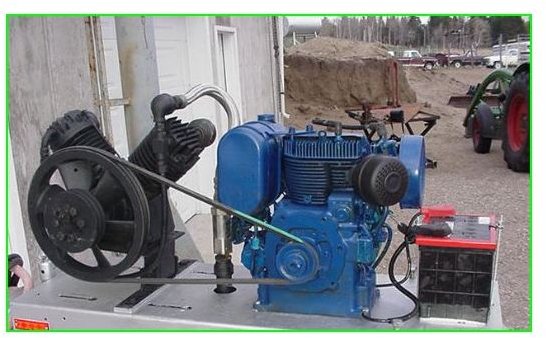Parts of An Air Compressor: Piston, Cylinder & Head, Connecting Rod, Crankcase
Introduction:
An Air compressor is rotating machinery which can be found from huge power plants to a small mechanic shop. Thus role of compressed air is wide and provision of compressed air over a large scale is necessary for any industry. In my previous articles, we have discussed regarding theory of operation and some interesting facts about the air compressors. Now this article is for various compressor parts and its function along with materials used for construction.
Compressor Parts:
There are various types of compressors and thus has wide variety of parts depending upon the type of compressor. For simplicity and easy understanding, we will discuss about the common usually found reciprocating air compressors. The discussion will be on major working components of a reciprocating air compressor and parts which are essential for automatic operation are not included as they may vary depending upon requirement.
A reciprocating air compressor is one which reciprocates inside a cylinder (liner) unit. The piston moves up and down continuously to pump the air after compression into the air receiver. Important parts of a reciprocating air compressor are as follows:
1. Cylinder Head,
2. Suction/ Intake valve,
3. Delivery valve,
4. Cylinder liner/ Wall/ cooling water jacket,
5. Compressor casing,
6. Crank case,
7. Piston,
8. Connecting rod,
9. Crank shaft,
10, Main Bearings,
11. Bed plate or Bottom structure,
12. Foundation,
13. Lubricating Oil strainer,
14. Stage relief valves,
15. Intercoolers,
16. After-coolers,
17. Suction filter, and other minor components.
Cylinder Head and Valve assembly:
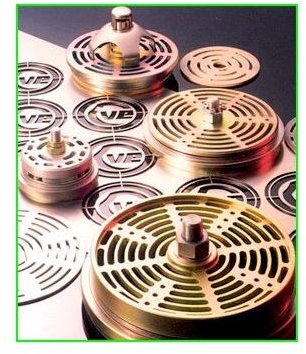
An Air Compressor has a cylinder head which differs depending upon the type. It may be in-line or even in “V”-shape. If it is in-line, usually the 1st stage and 2nd stage are in a same cylinder head block. But in a “V”-shaped compressor, the 1st stage and 2nd stage may be entirely different connected by high pressure pipes. The cylinder head consists of pockets for holding the intake/suction and delivery valves. They also have air cooling fins or water jacket for cooling water passage. There are usually network of pipes for cooling water and compressed air delivery to the next successive stage. One of the main components of the cylinder head assembly is the suction filter for the air intake. The filter is usually mounted onto the cylinder head allowing filtered air to enter compressor unit.
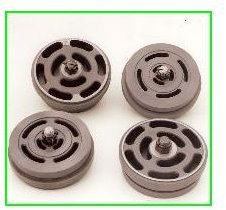
Piston, Cylinder wall/Liner, and Connecting Rod:
The piston moves inside the cylinder wall or the liner, reciprocating up and down. The liner supports and guides the piston, forming a main part of the air compression chamber. The piston may or may not have rings for sealing depending on type and purpose. The piston obtains its reciprocating motion from the connecting rod which connects the piston to the crankshaft. Thus we can claim that it is the connecting rod which transfers the rotary motion from the crank shaft into reciprocating motion of the piston.
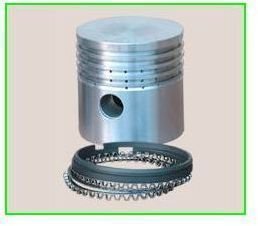
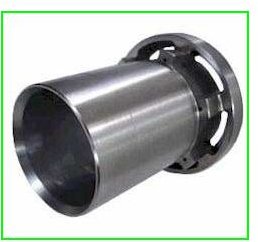
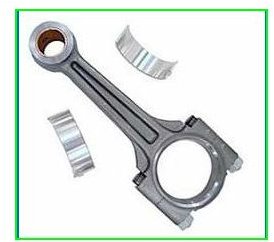
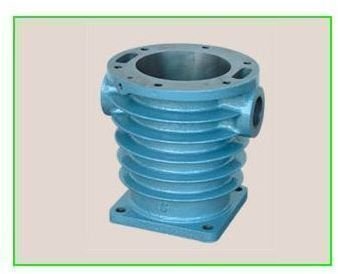
Crankshaft, Crankcase, and other fittings:
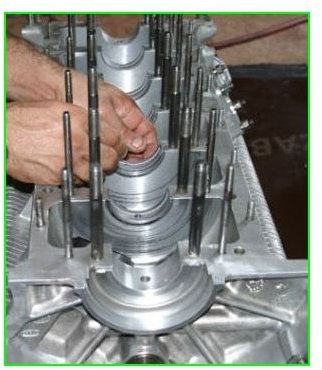
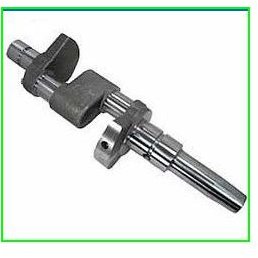
The connecting rod connects the piston and the crankshaft. The crankshaft is connected to the drive which may be an electric motor, turbine, or a diesel engine. As the crankshaft rotates it in turn make the connecting rod to move with it thus making the piston to reciprocate. The crankshaft is positioned with perfection inside the crankcase, which is filled with lubricating oil. The entire crankcase, sometimes act as a lubricating oil sump. The crankshaft rests on bed-plate with the bearings sandwiched in between. These bearings serve to avoid friction and also withstand the fluctuating load when the piston compresses air.
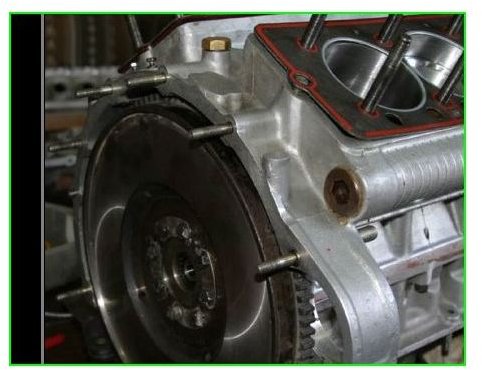
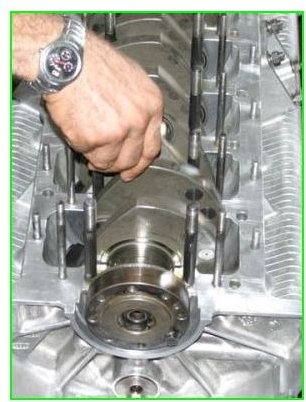
The intercoolers and the after coolers are usually mounted on the body of the compressor allowing the hot compressed air to exchange its heat with the forced circulation water. Some air compressors are cooled by forced circulation of ambient air itself. Other safety devices like relief valves and crankcase relief doors are also incorporated depending upon the design of the compressor. Thus these are the various parts of the compressor and in the future articles, we will discuss about the different types of compressors.
